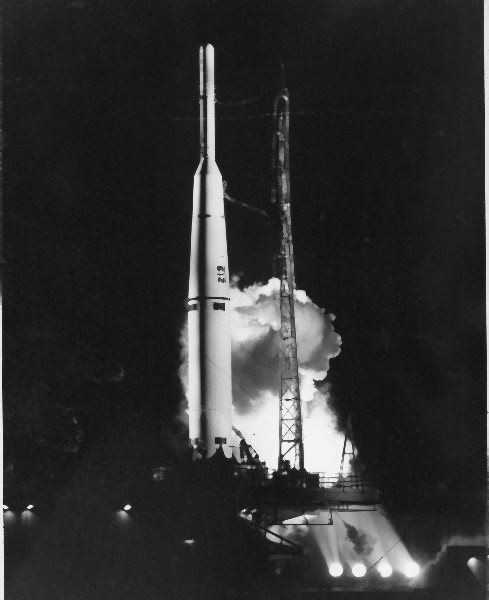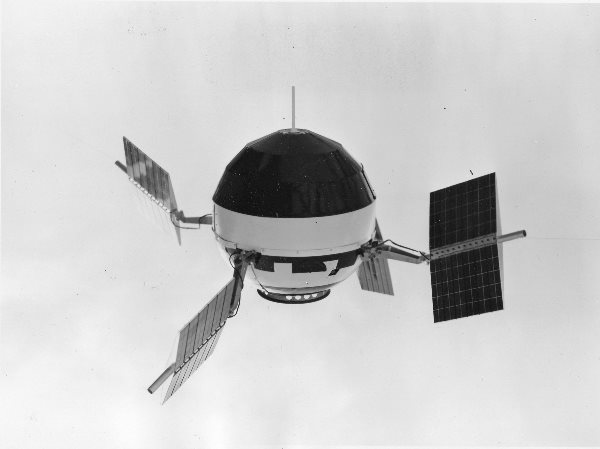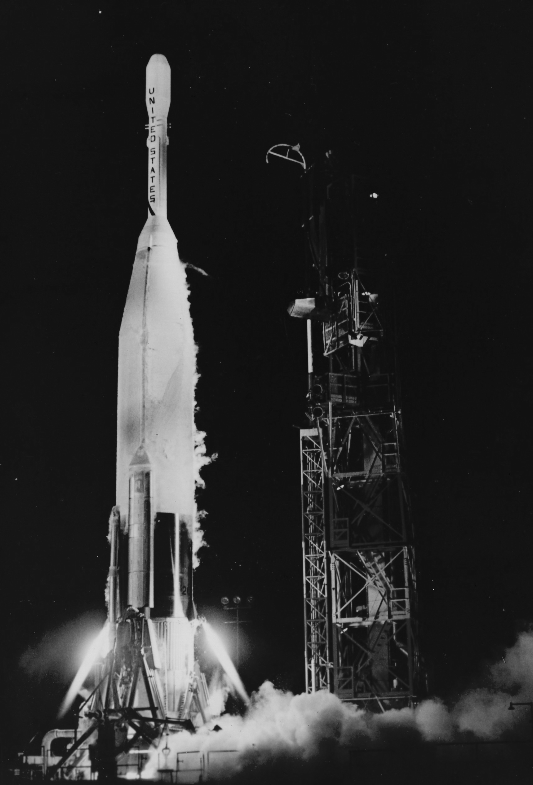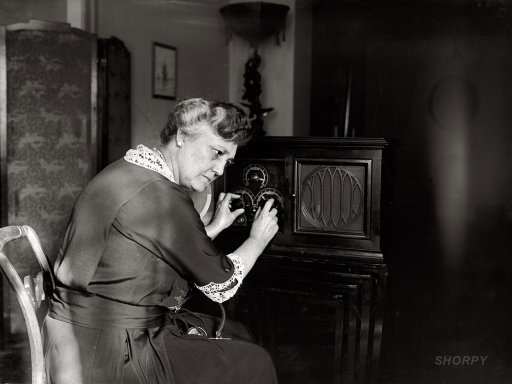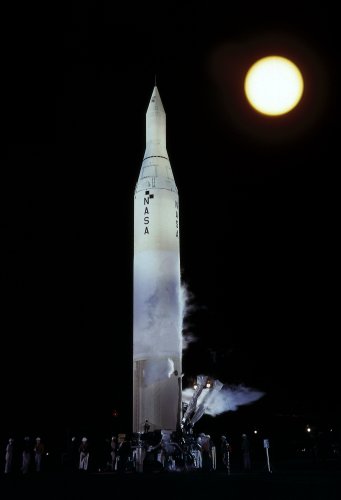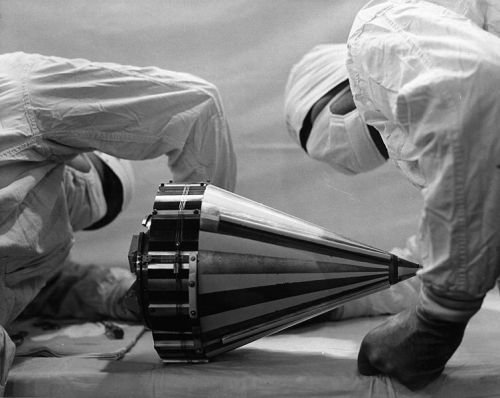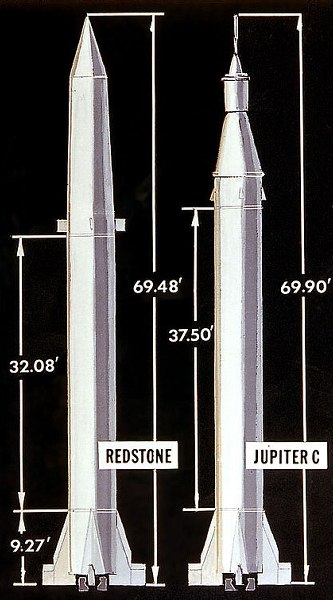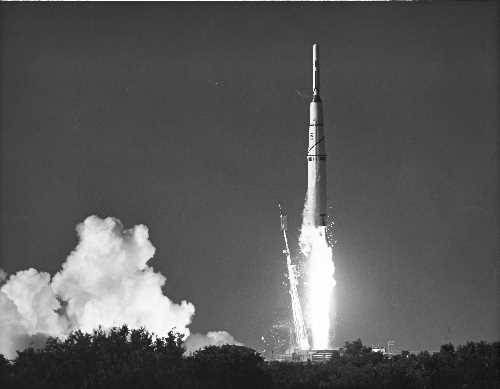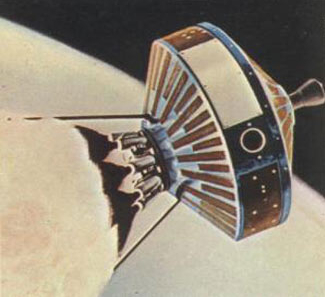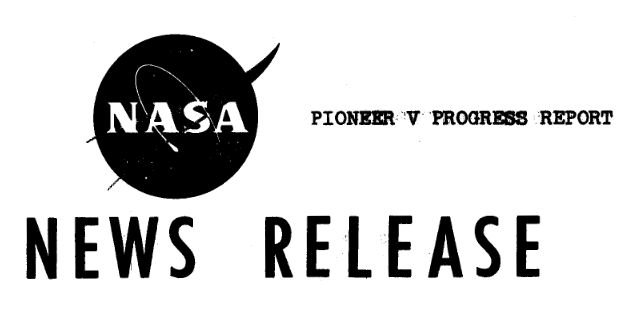
Who calls a press conference at 2:00 in the morning?
And what sort of fool journalist covers a 2 A.M. press conference?
NASA and me, respectively.
Dr. Keith Glennan, NASA's administrator, admitted that it was an unorthodox time to gather scientists and reporters together, but given the unprecedented nature of the event to be discussed, it's quite understandable. After all, never before in the history of humanity has a message been received from an artificial probe 1,000,000 miles from Earth.
Pioneer 5, the interplanetary mission launched last week, is now four times as far from the Earth as the Moon, and its 5 watt transmitter is still being picked up loud and clear. In a dramatic flourish, just after the conference started, Dr. Glennan ordered the tracking station in Hawaii to query the spacecraft. The plucky probe responded in a jiffy (discounting the 5-second delay since radio signals travel at the speed of light) to the delight of the audience.
One of the great advancements of Pioneer 5 is its use of digital data. Earlier probes used analog data, faithfully transcribing experimental results as a steadily varying voltage that would be transmitted, real-time, to Earth. Not only can digital data be easily stored so complete results can be sent back to Earth at any time, it also requires no "translation" to a language ground-side computers can understand. This means that data can be analyzed far more rapidly.
In fact, Pioneer 5's latest space weather report on the cosmic radiation, magnetic field, and micrometeorite situation a million miles out was reduced and presented during the course of the half-hour press conference. How's that for instant service?
Pioneer also gave an account of its own health. NASA's week-old baby is healthy and happy: its interior remains at a balmy 63 degrees Fahrenheit, its solar-powered batteries are charging nicely, and the transmitter is strong.
In the weeks to come, Pioneer 5 will remain on the air out to an anticipated distance of 25,000,000 miles. This flight will challenge NASA's ability to track and hear the probe to the limits of current technology.
And, apparently, any notions that I might have a reasonable sleeping schedule! Not that I'm complaining—it's an amazing time to be alive.
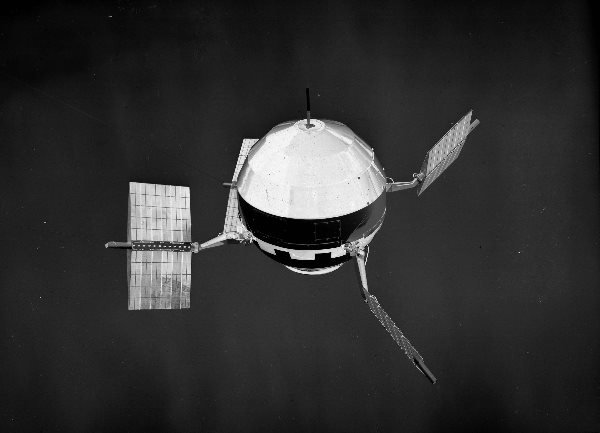
—
(Confused? Click here for an explanation as to what's really going on)
This entry was originally posted at Dreamwidth, where it has comments. Please comment here or there.



